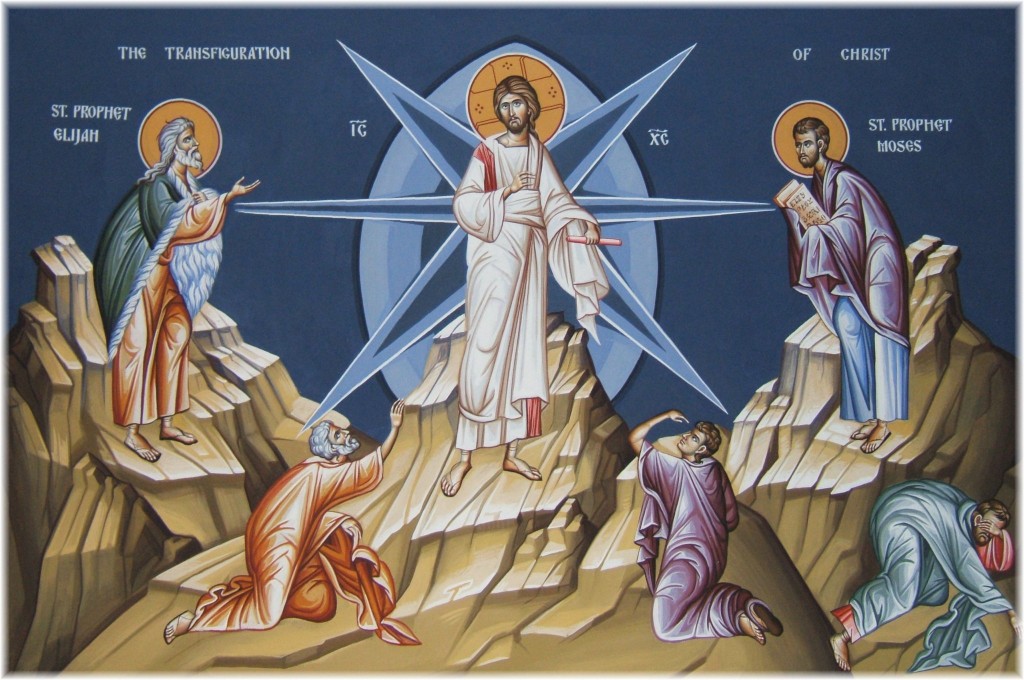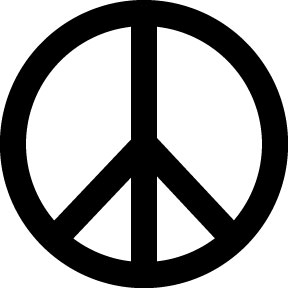“Master, it is good for us to be here…”
Tonight, after Benediction, I felt drawn to tarry in the church a while longer than usual. Soon there were only one or two other people left in the church.
While sitting there, I felt a deep, tremendous peace; a peace I haven’t felt in some time.
As I sat there, just enjoying the moment, I was reminded of something that my patron Saint, St. Peter, said at the Transfiguration when he beheld the Jesus’ glory:
“Master, it is good for us to be here. Let us put up three shelters—one for you, one for Moses and one for Elijah” – Luke 9:33
I know there’s a lot of theological significance in what Peter is saying here, but sitting in that church tonight I understood those words in a slightly different light. Peter was seeing the beauty of the Lord and wanted to prolong that mountaintop experience. He didn’t want to go back down the mountain just yet – he wanted to setup camp for a little while…
After Benediction, I, too, wanted to prolong the experience, remain in my pew and maybe setup camp for a little while…
The purpose of getting to higher ground isn’t so we can just enjoy the view, it’s so that, when we come back down from the mountain, we can approach the terrain ahead with a new perspective and with confidence.

